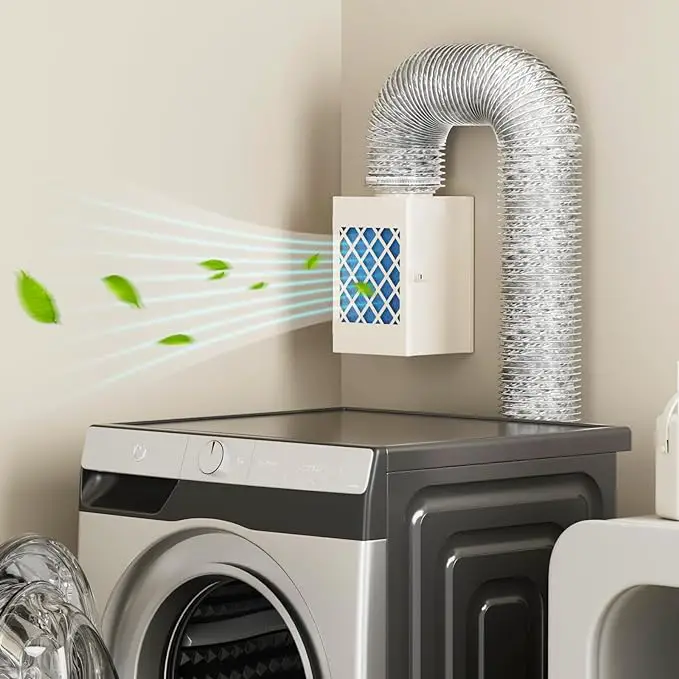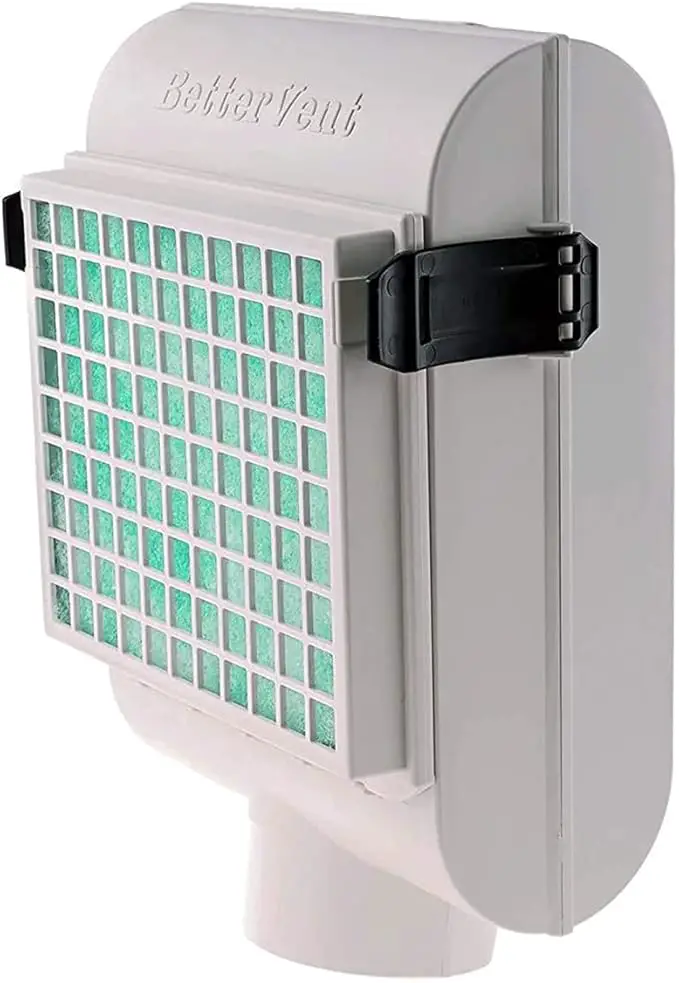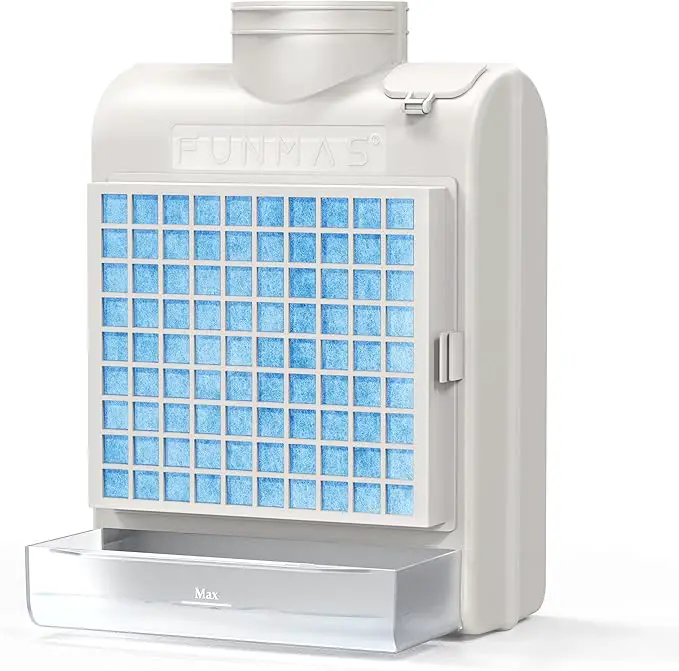
Vented dryer is a favourite for households looking for easy and efficient laundry solutions. Unlike condenser or heat pump dryers, vented dryers expel hot, damp air out of the vent to the outside so are great for quick drying of clothes.
They also have lower initial cost which is a big plus for budget buyers. Vented dryers are also a popular choice for those who want speed and simplicity in laundry care.
This article will guide you in understanding vented dryer benefits, maintenance requirements and what to look for when buying.
Keep reading.
Best Vented Dryer to Buy Now
We’ve listed below the best vented dryers to buy based on features and prices. Find one that fits your needs and pocket friendly.
Vented Dryers – How Do They Work?
A vented dryer is a classic, straightforward appliance that many households rely on to dry clothes quickly and effectively.
The key to a vented dryer’s efficiency lies in its design: it pulls in air, heats it to dry your clothes, and then expels the warm, moist air outside through a vent. This process allows for continuous airflow, which speeds up the drying cycle, making vented dryers one of the fastest options available.
When comparing vented dryers with other types, like condenser and heat pump dryers, each has distinct features. Condenser dryers, for example, don’t require external venting and instead collect moisture in a reservoir, while heat pump dryers reuse hot air. However, both of these options are perfect for households.
Key Features to Consider When Buying a Vented Dryer
When choosing a portable vented dryer, several key features can make a significant difference in convenience, efficiency, and overall satisfaction. From capacity and energy efficiency to drying programs and noise levels, understanding these aspects will help you select a dryer that best fits your household’s needs.
Capacity
Vented dryers come in various sizes, typically ranging from compact models for smaller spaces to larger ones ideal for family use. Choosing the right capacity is essential; a dryer that’s too small may require multiple loads, while an oversized one wastes energy. For optimal efficiency, consider your household’s typical laundry volume and select a dryer that comfortably handles that load.
Energy Efficiency
Energy efficiency is a crucial factor as vented dryers are generally less efficient than other types. Look for models with higher energy ratings, which can help reduce long-term utility costs by using less electricity per load. Efficient dryers not only save on energy bills but also align with eco-conscious living, making them a smart investment.
Drying Programs and Controls
Vented dryers often come with various drying programs like “delicate,” “cotton,” or “high heat,” tailored for different fabric types. Advanced models may also offer timed cycles, moisture sensors, or quick-dry options, allowing greater flexibility for specific needs. These features make the dryer more versatile, providing gentle care for delicate items or faster cycles for everyday essentials.
Noise Level
Noise level is another important consideration, especially if the dryer is in a frequently used part of the home. Some models are designed with sound-reducing technology to minimise operational noise, offering a quieter experience. Choosing a quieter dryer can be beneficial for families, especially when doing laundry during quiet hours or in open-plan living spaces.
Installation and Maintenance Tips
Installation Requirements
Proper installation of a vented dryer is critical for safe and effective operation. You’ll need to place the dryer in a location with access to an external wall or window for venting; this setup enables the dryer to expel warm, moist air outside, preventing humidity buildup in your laundry area. Additionally, ensure there’s sufficient space around the dryer—both behind and to the sides—to allow proper airflow, making sure to use a duct that is smooth and straight, minimising bends to reduce airflow resistance.
Essential Maintenance Tasks
Regular maintenance is essential to keep your vented dryer safe and efficient. Cleaning the lint trap after every load is a quick task that reduces the risk of fire hazards and helps maintain good airflow. Additionally, it’s advisable to deep-clean the vent ducts at least once a year; accumulated lint in the vent pipe can obstruct airflow, increase energy use, and heighten fire risks if left unchecked.
Troubleshooting and Professional Service Tips
Common vented dryer issues, like reduced drying efficiency or overheating, often result from blockages in the vent or lint trap. If you notice longer drying times or clothes remaining damp, try clearing the duct and vent first, as clogs often cause these issues. However, if problems persist, such as unusual noises or persistent overheating, it’s best to contact a professional to inspect for deeper mechanical issues, ensuring safe and efficient operation.


